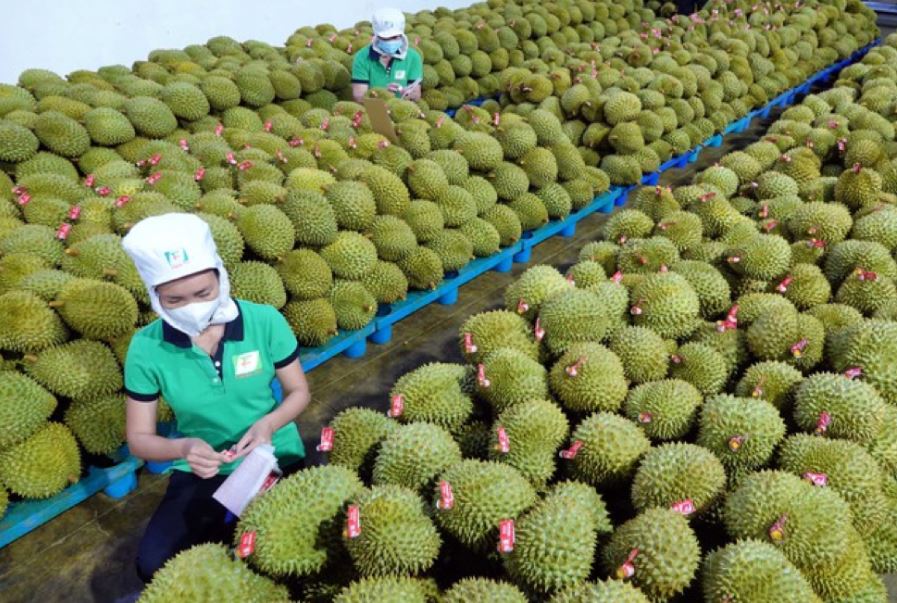Agricultures, Foods, News & Event
Which country imports the most Vietnamese fruits and vegetables?
In the first 2 months of 2024, exports of fruit and vegetable products reached nearly 815.13 million USD, a sharp increase of 44.3% over the same period in 2023. China is still the main export market for Vietnamese fruits and vegetables. South, accounting for 61.5% of the country’s total fruit and vegetable export turnover.
In the first 2 months of 2024 alone, fruit and vegetable exports to the Chinese market reached over 501.37 million USD, a sharp increase of 56.4% compared to the first 2 months of 2023. Although February witnessed a slight decrease of 36%. Compared to January, export sales to the prostitute market still increased by 7.9% compared to February 2023.
Besides the Chinese market, other markets such as Southeast Asia, the US, Korea, and Thailand also recorded significant growth, with Southeast Asia increasing by 40%, the US increasing by 24.5%, and Korea China increased by 52%, and Thailand increased by an impressive 125%. This shows that Vietnamese fruits and vegetables are increasingly popular in many international markets.

The Vietnam Fruit and Vegetable Association (VINAFRUIT) said that in 2024, the export prospects of this industry will continue to have positive developments, especially from the Chinese market. At the same time, China is also increasing imports of processed fruit and vegetable products from Vietnam.
Regarding exported fruit and vegetable products, Vietnam currently has 14 agricultural products officially exported to this market such as: Durian, bird’s nest, sweet potato, dragon fruit, longan, rambutan, mango, jackfruit, melon. watermelon, banana, black jelly, mangosteen, lychee and passion fruit…
In general, the space for Vietnamese agricultural products in the Chinese market is very large, especially in areas located deep in the country’s interior. A typical example of success in exporting durian products to the Chinese market in 2023 is 2.3 billion USD.
Source: https://xahoi.congly.vn/quoc-gia-nao-nhap-khau-nhieu-rau-qua-viet-nam-421711.html

